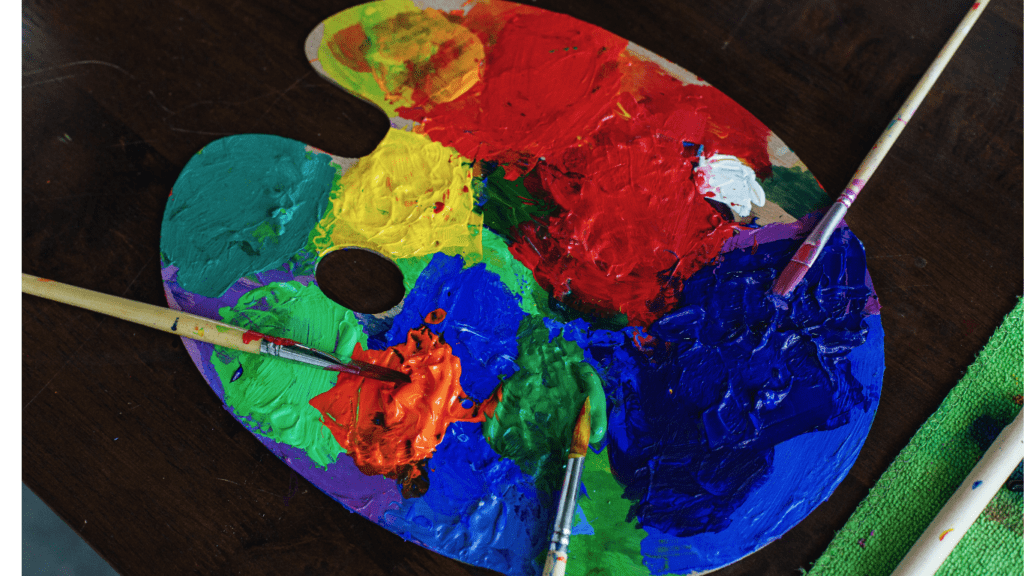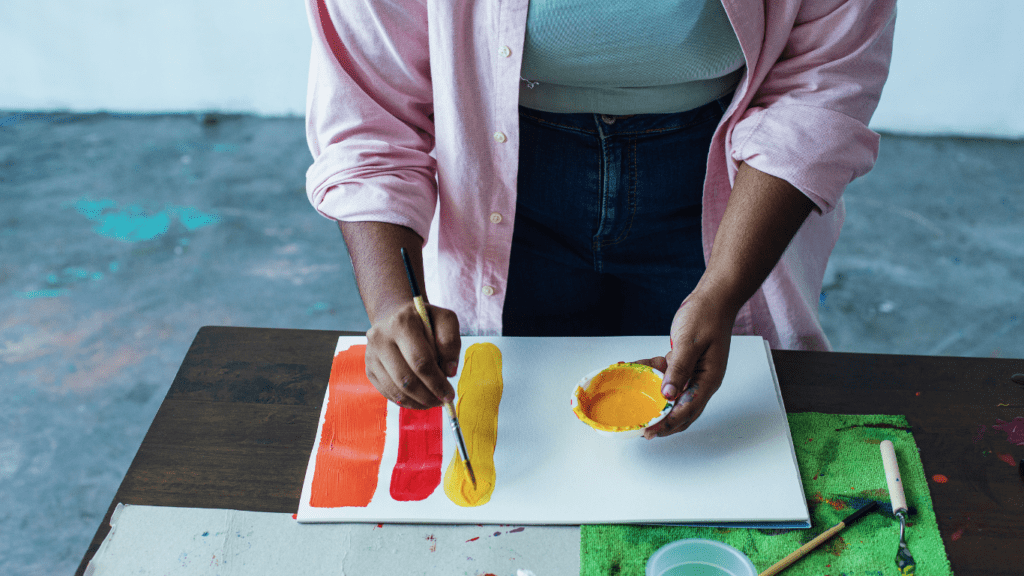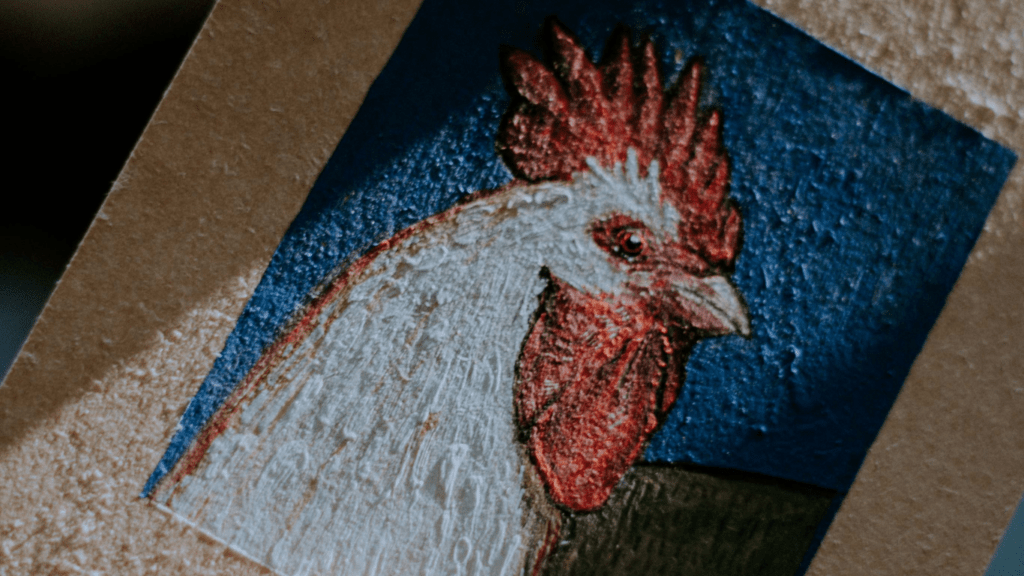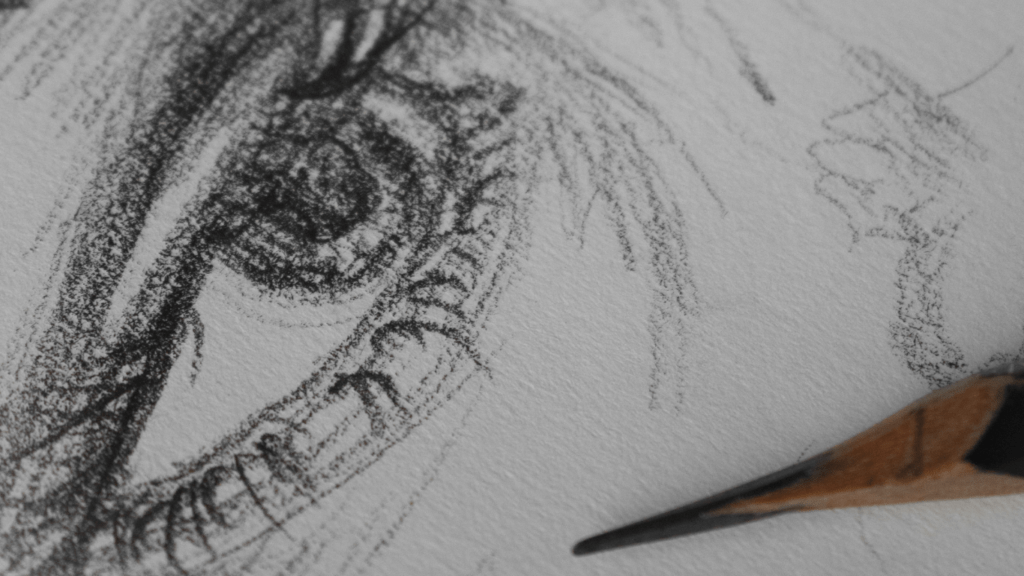Understanding Color Theory
Color theory forms the backbone of creating impactful art. It can transform a simple piece into a captivating work by leveraging the right hues, shades, and combinations.
The Basics of Color Theory
Color theory involves understanding how colors interact, influence perception, and evoke emotions. It blends art and science, guiding artists in making conscious color choices. The key elements include harmony, contrast, and context. Harmony creates a pleasing artwork, while contrast adds depth.
The Color Wheel Explained
The color wheel is a visual tool that arranges colors in a circular format. It shows the relationships between different hues, making it easier to mix and match them. A standard color wheel has 12 segments, combining primary, secondary, and tertiary colors. It helps identify complementary colors placed opposite each other, creating vibrant contrasts.
Primary, Secondary, and Tertiary Colors
Primary colors are red, blue, and yellow. These colors form the base and cannot be made by mixing other colors. Secondary colors—green, orange, and purple—result from mixing two primary colors. Tertiary colors come from mixing primary and secondary colors, yielding hues like red-orange and blue-green. Understanding these categories aids in creating balanced and dynamic color schemes.
Color Harmonies and Schemes
Color harmonies and schemes ensure balance and visual interest in art. They create structured approaches to combining colors effectively.
Complementary Colors
Complementary colors sit opposite each other on the color wheel. Blue and orange, red and green, and yellow and purple are examples. They create high contrast and vibrant looks. Artists use them to make elements stand out, especially in focal points.
Analogous Colors
Analogous colors include three colors next to each other on the color wheel. Red, red-orange, and orange, or blue, blue-green, and green are examples. These combinations offer harmonious and serene visuals. They appear cohesive and pleasing, ideal for creating calm and comfortable scenes.
Triadic Colors
Triadic colors consist of three evenly spaced colors on the color wheel. Red, yellow, and blue, or green, orange, and purple exemplify this scheme. Triadic schemes develop vibrant and balanced artworks. The equidistant spacing ensures dynamic contrasts without overwhelming the viewer.
Split-Complementary Colors
Split-complementary colors use a base color and two adjacent colors to its complement. For example, red with blue-green and yellow-green, or purple with yellow-orange and yellow-green. This scheme offers balanced contrast with less tension than direct complements. It allows diversity while maintaining harmony.
Psychological Impact of Colors

Colors deeply influence human emotions and behavior. Understanding these effects can enhance the impact of your art.
Warm and Cool Colors
Warm colors, like red, yellow, and orange, evoke feelings of warmth and comfort, but they can also signify urgency and excitement. Cool colors, such as blue, green, and purple, often create a calming and soothing effect, yet they can also suggest sadness or indifference. Leveraging these hues in your artwork can help convey intended moods and narratives.
Emotional Responses to Colors
Red can invoke passion, love, or anger, depending on its context. Blue often represents tranquility and reliability but can also express sadness. Yellow generally indicates happiness and energy but might cause anxiety in large amounts. Green symbolizes growth and health, while purple often signifies luxury and creativity. By carefully selecting colors, you can guide viewers’ emotional responses and enhance their engagement with your art.
Practical Application in Art
Understanding color theory isn’t enough without knowing how to apply it. Here’s how to use color theory in your art for tangible results.
Mixing Colors Effectively
Mixing colors is a fundamental skill in art. I start with primary colors (red, blue, yellow), then combine them to create secondary colors (green, orange, purple). For a wider range, I mix these with tertiary colors. To create depth, I alter hue, saturation, and brightness. For instance, adding white to a color (tinting) or black (shading) changes the color’s lightness, enhancing the visual effect.
Choosing Color Schemes for Your Artwork
A cohesive color scheme enhances art. I use analogous colors (colors next to each other on the color wheel) for harmony and monochromatic schemes for simplicity. Complementary colors (opposite each other on the wheel) add contrast. For example, red and green, when used together, make a vibrant duo. Triadic color schemes, using three evenly spaced colors, provide balance and visual interest.
Balancing Colors for Visual Interest
Balance in color creates visually appealing art. I distribute warm and cool colors evenly to maintain harmony. For focal points, I use contrasting colors to draw attention. By varying the intensity and saturation, the artwork’s dynamic range improves. For example, a bright focal color against muted backgrounds directs viewers’ eyes effectively.
Tools and Resources
Artists can access various tools and resources to master color theory. These tools simplify the process of selecting and applying colors in artwork.
Useful Apps and Software
Several apps and software programs assist in understanding and applying color theory:
- Adobe Color: This app helps create cohesive color schemes. Users can experiment with analogous, monochromatic, complementary, and triadic color schemes.
- Procreate: A digital illustration app, Procreate includes a color wheel and customizable palettes. Artists can visualize color combinations in real time.
- Coolors: This app generates color palettes quickly. Users can explore different hues and shades by adjusting sliders.
- Canva: Known for its user-friendly interface, Canva offers various color tools. It’s ideal for testing how colors work in design projects.
Recommended Reading
Several books provide in-depth knowledge of color theory:
- “Interaction of Color” by Josef Albers: This book explores color relationships and visual perception. It includes exercises to improve understanding.
- “Color Theory: An Essential Guide to Color—from Basic Principles to Practical Applications” by Patti Mollica: This guide covers essential principles and offers practical tips for artists.
- “The Elements of Color” by Johannes Itten: This book delves into color contrasts and harmonies. It’s a comprehensive resource for mastering color theory.
- “Color and Light: A Guide for the Realist Painter” by James Gurney: Focused on realistic painting, this book combines color theory with practical advice on using light and color effectively.
These tools and resources can elevate an artist’s ability to use color strategically, enhancing their artwork’s emotional impact and visual appeal.





